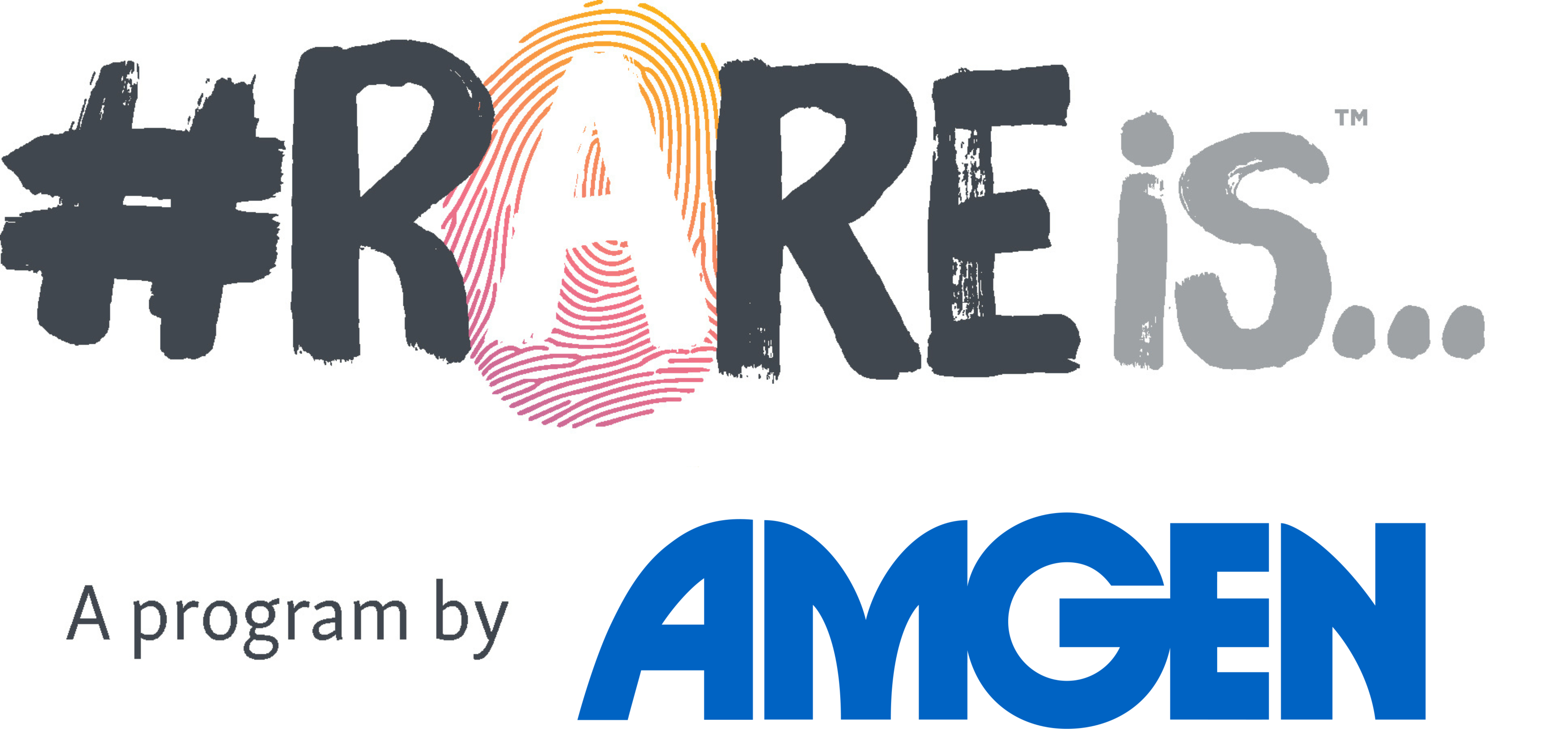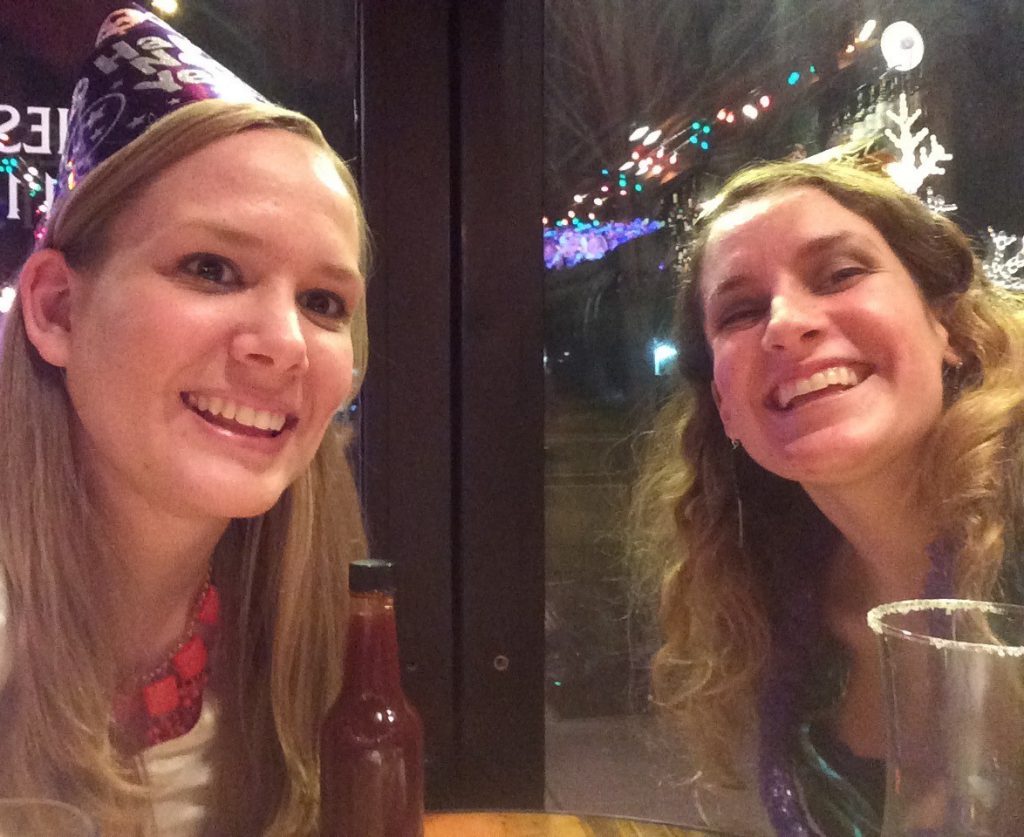Of course, goals for the new year can also include landing a stellar job and capturing that perfect selfie. Young adults with rare diseases are still contending with the usual challenges of young adulthood and transitions, they’re just compounded by more health-related concerns such as new co-workers understanding their complex medical needs and whether or not to show their ostomy in a beach selfie.
New Year’s is typically a time for contemplation about the previous year. In reflecting on the past year of hearing from the rare disease community, the overlooked, unique position that young adults contending with rare disease find themselves in stands out. Thanks to medical innovations and a renewed focus on rare, more of the over 50% of rare disease patients that are children are living longer and reaching those pivotal (and often awkward) young adulthood years and need resources specific to their path (Levine 2019).
Fortunately, New Year’s is also a time for change. #RAREis is aiming to change the limited dialogue around young adults and rare disease with its 2020 resolution: making 2020 the year of the rare young adult. Every month in 2020, the #RAREis blog will feature a post by a member of the young adult rare disease community highlighting a pressing issue or topic on life as a young adult zebra, including dating and relationships, family planning, body image, traveling with a rare disease and much more. Through this initiative, we hope to help empower the young adults living with rare disease out there to view every year as their year. So, here’s to a 2020 filled with growth, adventure, and a spotlight on rare young adults!


